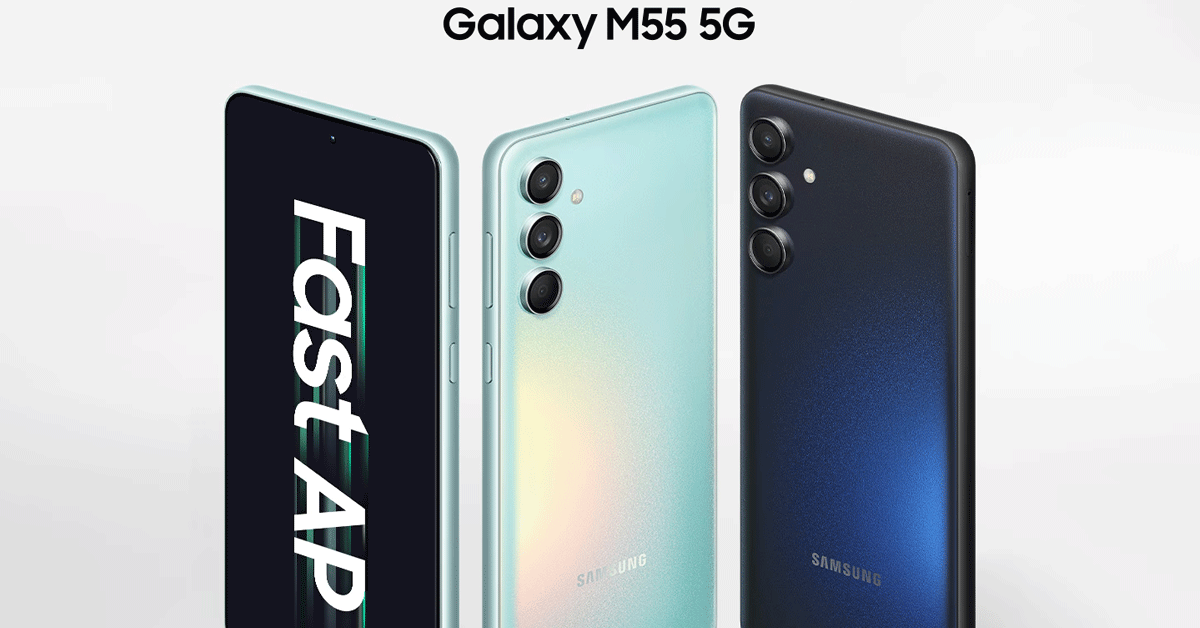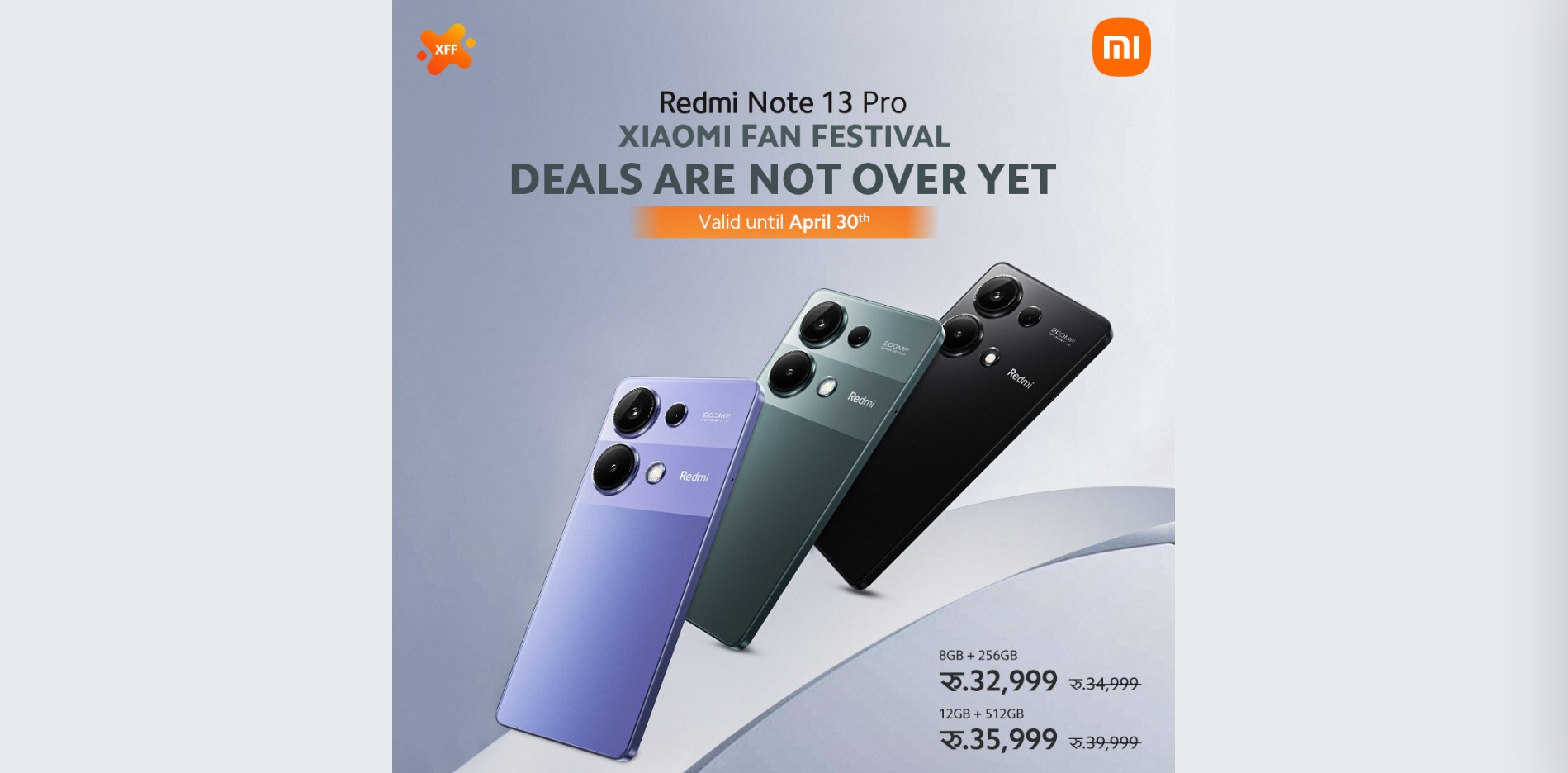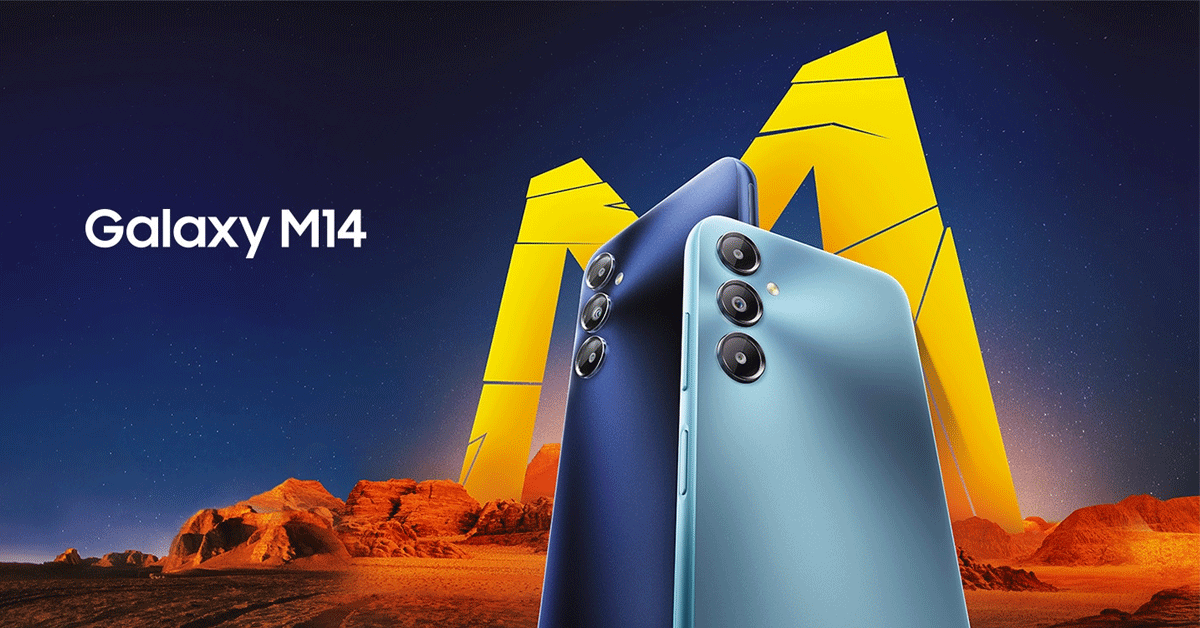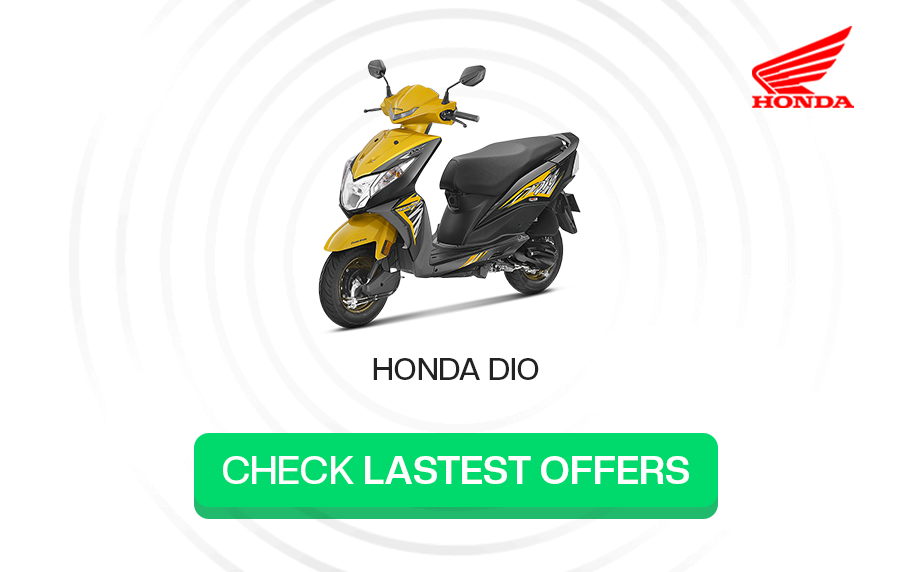Xiaomi’s Redmi series boasts impressive phones such as Redmi K20 Pro, Redmi k20, Redmi Note 7 Pro, and Redmi 7. It includes phones ranging from flagship killer to entry-level budget phones. And, Redmi 8 is one of the entry-level budget phones which launched recently on November 11.
Redmi 8 is the successor to the Redmi 7 and while it takes two steps forward, it takes a step back as well. So, is Redmi 8 a good upgrade to the Redmi 7? Let’s find out in this review.
Xiaomi Redmi 8 Review
Design & Build
Redmi 8 certainly takes it up a notch when it comes to design and build quality. The phone looks as if it’s made from high-quality material and does feel quite good as well. Xiaomi is calling it Aura Mirror design, and surely it looks premium. It’s still a polycarbonate body though, the glass back finish is glossy and it catches fingerprints quite easily. Also, the surface feels prone to scratches and smudges, therefore you should invest in a case.
There’s a dual-camera setup on the back which is inspired by Xiaomi’s Redmi Note 8 Pro. Then there’s a fingerprint sensor that sits right below the camera module.
The phone feels quite familiar from the front as it looks like any other budget phone with a waterdrop notch, a chin at the bottom and relatively minimum bezels all around.
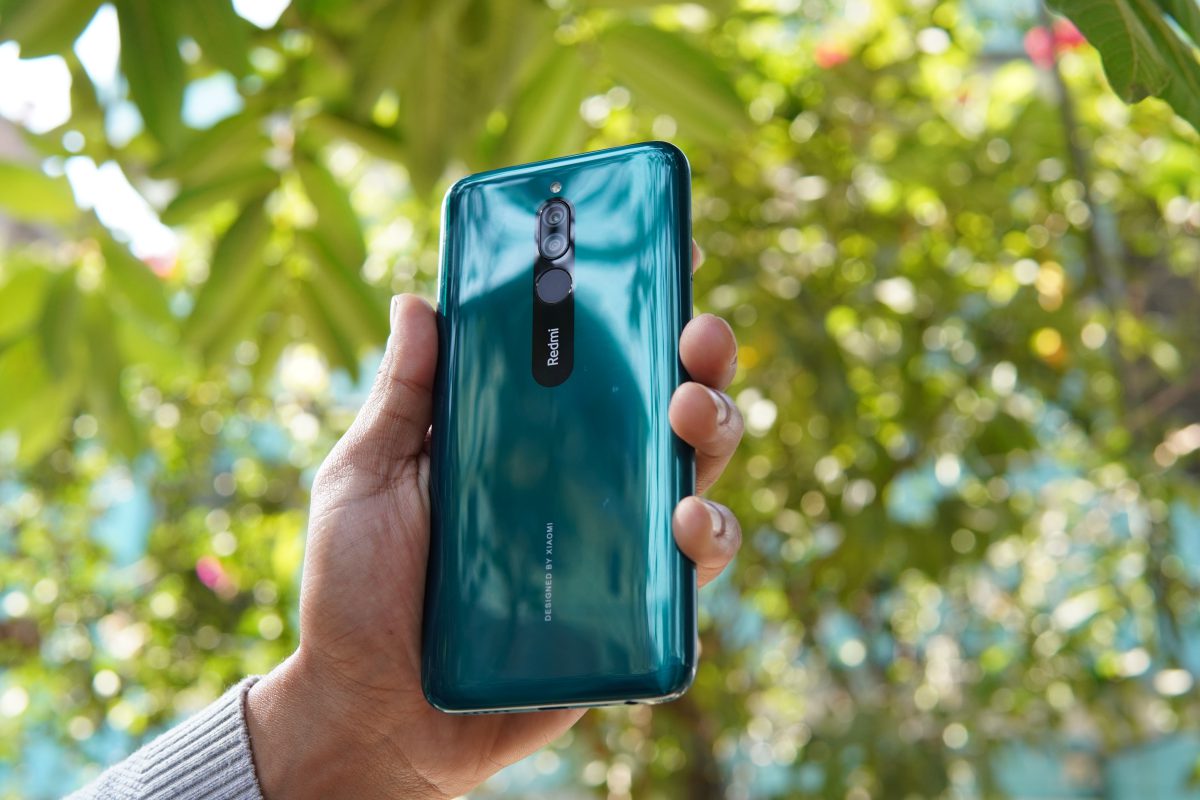
The power button and volume button on the right feel clicky and don’t come off as clunky. On the other side, there’s a sim tray that can accommodate two nano-sim cards and a MicroSD card at the same time.
Down bottom, there’s a headphone jack, Speaker, and a USB Type C port. However, it doesn’t support a USB Type C earphone. On the opposite end, there’s a usual earpiece, mic, and an IR blaster.
So, this is one of the areas where Redmi 8 is totally different from the Redmi 7 and feels like an upgrade.
Performance
Now, this is where the Redmi 8 feels like a downright downgrade over the Redmi 7. Redmi 8 uses the Snapdragon 439 chipset which is used on the Redmi 8A and also on the Redmi 7A. While the Redmi 7 has Snapdragon 632 chipset, Redmi 8 should have had at least the same or slightly updated chipset. In terms of memory, we get 4GB RAM and 64GB internal storage on the Redmi 8.
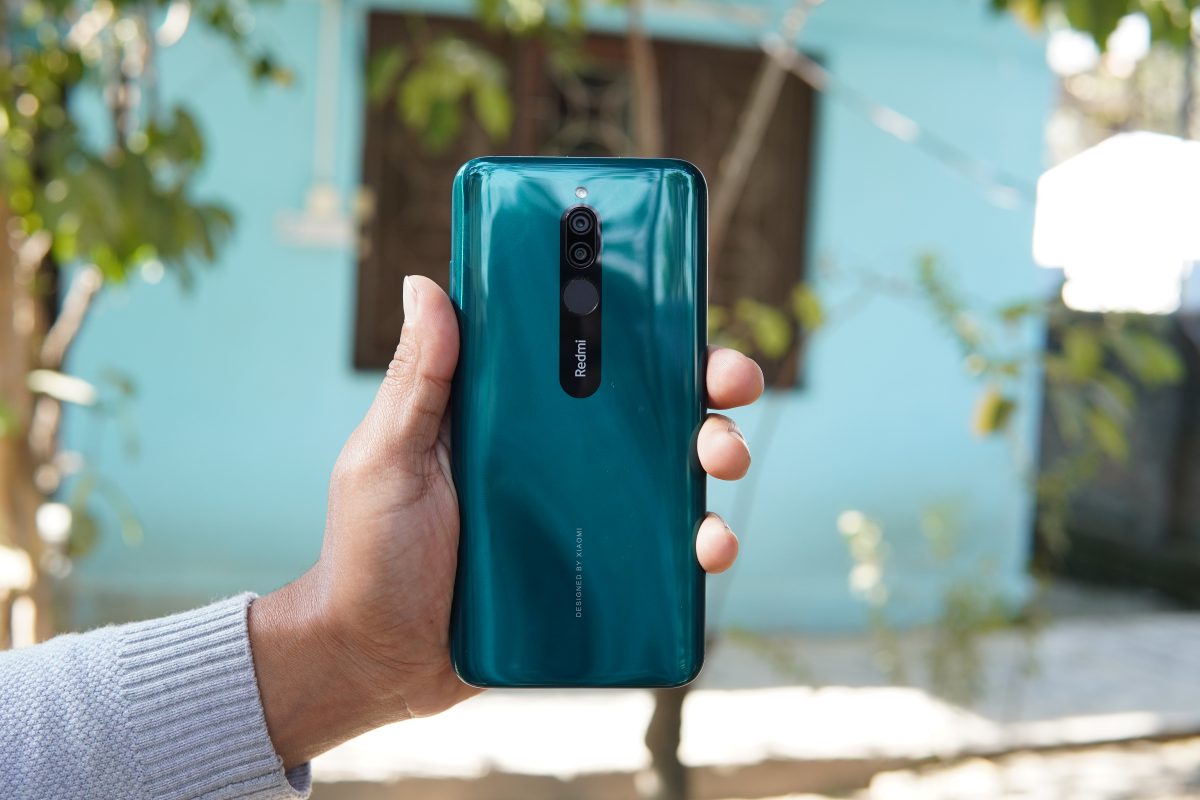
Now that you know that Redmi 8 is not an upgrade in terms of performance, you should also know that it’s not a slouch for its price tag. Usual tasks like web browsing, navigation, social media browsing, and others feel smooth. There are no noticeable slowdowns or lags when using any applications.
When it comes to gaming, the Redmi 8 can handle normal games like Temple Run 2 and Alto’s Odyssey. But, heavy games like PUBG Mobile and Asphalt 9 don’t run smoothly even at low graphics. Don’t get me wrong, these games are still playable at low settings, but it’s not smooth and not as enjoyable as it could be.
Camera
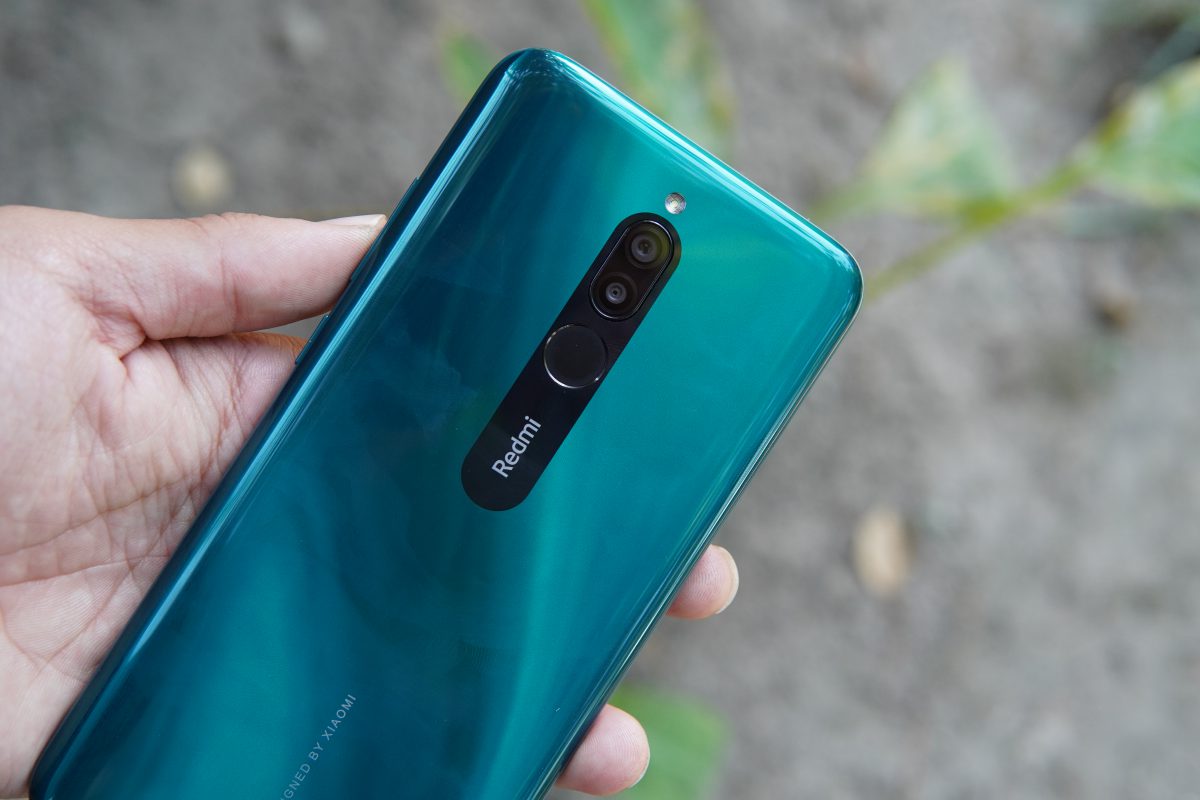
Redmi 8 has a dual-camera setup: a 12MP main sensor and a 2MP depth sensor. The 12MP main sensor is Sony’s IMX 363 sensor which is also used in Google’s Pixel 3a. But unsurprisingly, it’s not as good as the Pixel 3a. So, this proves that image processing is as important as having a good camera sensor.
Redmi 8 produces fine outdoor images under good lighting conditions. The colors look good but it lacks detail and dynamic range. However, this is more than good enough for a budget phone.
When the light starts to get low, the images tend to get softer with heavy noise reduction. You can notice this mostly in indoor low-light shots.
Since there’s a depth sensor we’d expect it to take at least a decent portrait photo and it does. However, the portraits will turn blown out if there’s a bright background.
On to the front, Redmi 8 houses an 8MP sensor. The selfies are just decent and the HDR helps to control the bright background. But, low light selfies will be soft and noisy as expected. Similarly, portrait selfies also turn out quite decent in good lighting conditions.
Video maxes out at 1080P 30fps. The video quality is fine during daylight and quite usable for social media.
Display
Redmi 8 has a 6.22 inches IPS LCD display with a screen resolution of 720X1520. There’s a waterdrop notch on the display but everyone should love the notch by now. The color is on the muted side but it looks very good for the price. You can change the color profile from display settings as well.
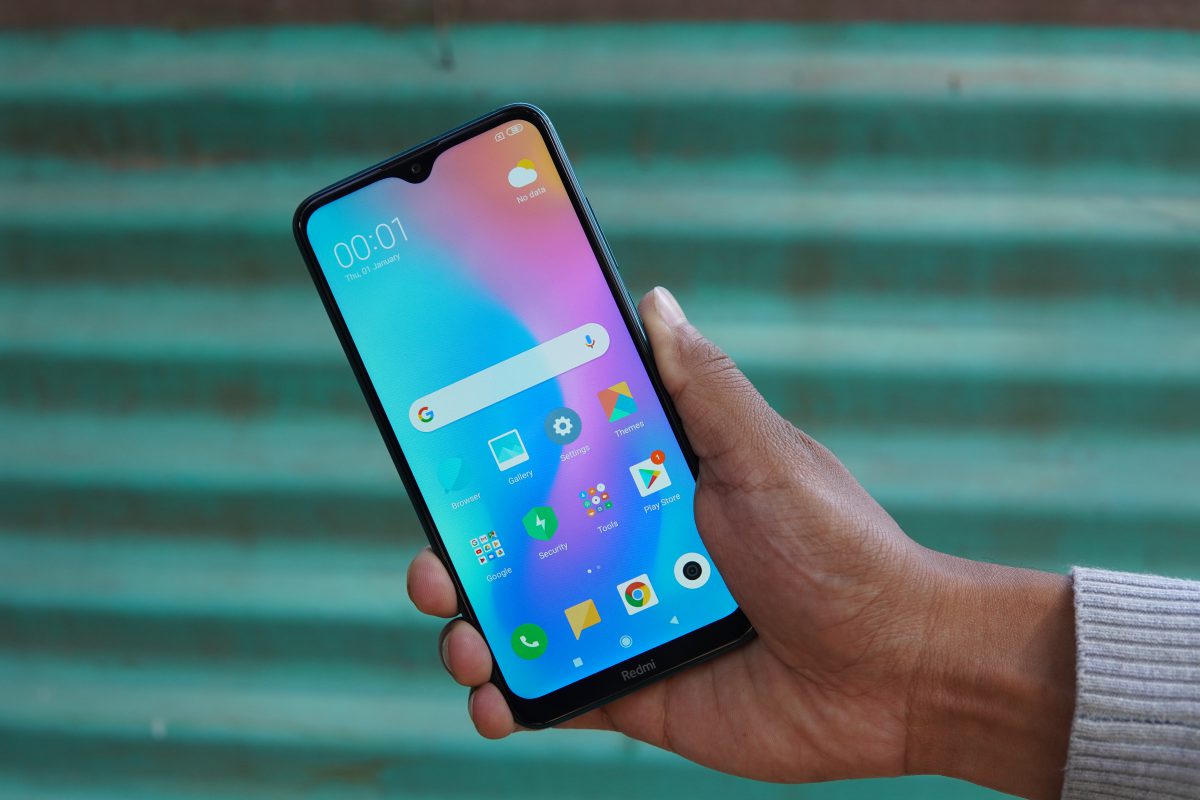
There are no issues like color shifts and the brightness is also adequate, it was quite usable under direct sunlight. I used Redmi 8 for a week and i enjoyed watching videos and other multimedia contents.
Battery
One of the highlights of the Redmi 8 is it’s massive 5000 mAh battery. Combine with not so power-hungry Snapdragon 439 chipset and an HD display, this phone can last 2 days without breaking a sweat.
However, it comes with a 10W charger in the box. It takes around 2 hours to charge it from 0 to 100 percent. But it does support 18W fast charging.
Biometrics
Redmi 8 has both fingerprint unlock and face unlock feature. The fingerprint sensor is fast and accurate as always. Face unlock works good in good lighting and feels slightly slower in low-light situations.
Speaker
The speaker on the Redmi 8 is surprisingly good. It’s loud and clear. There’s no bass but the speaker certainly has good clarity and is more than good for a budget phone.
Software
We get the latest MIUI 11 along with Android 9 Pie on the Redmi 8. The experience is more or less similar to that of MIUI 10 but the changes seem nice.
The settings menu looks much better and easy to use. There’s gesture navigation support as well. You can customize the themes from the MI theme store and the best part is its dark mode. The system-wide dark mode can force dark mode on some of the apps as well.
Conclusion
Redmi 8 is a good device for Rs. 15k. It gets all the basics right while flaunting good looks. The design is appealing and is a certain upgrade over the Redmi 7. On the other hand, display, and camera are more or less similar to the Redmi 7. Redmi 8 is a downgrade from Redmi 7 in terms of performance but it feels good enough for the price.
So, if you’re looking for a phone around Rs. 15,000, Redmi 8 should definitely be on your list.
-
Samsung Galaxy M55 5G Coming Soon in NepalHIGHLIGHTS The Samsung Galaxy M55 5G is arriving soon in the Nepalese market. A Qualcomm…
-
Redmi Note 13 Series New Year 2081 Offer ExtendsXiaomi Redmi New Year 2081 Offer Xiaomi’s got a sweet deal going on in Nepal…
-
Samsung Galaxy M14 LTE with 50 MP Camera Launched in NepalHIGHLIGHTS Samsung Galaxy M14 LTE price in Nepal is Rs 16,999 (4/64GB) and Rs. 21,999…














